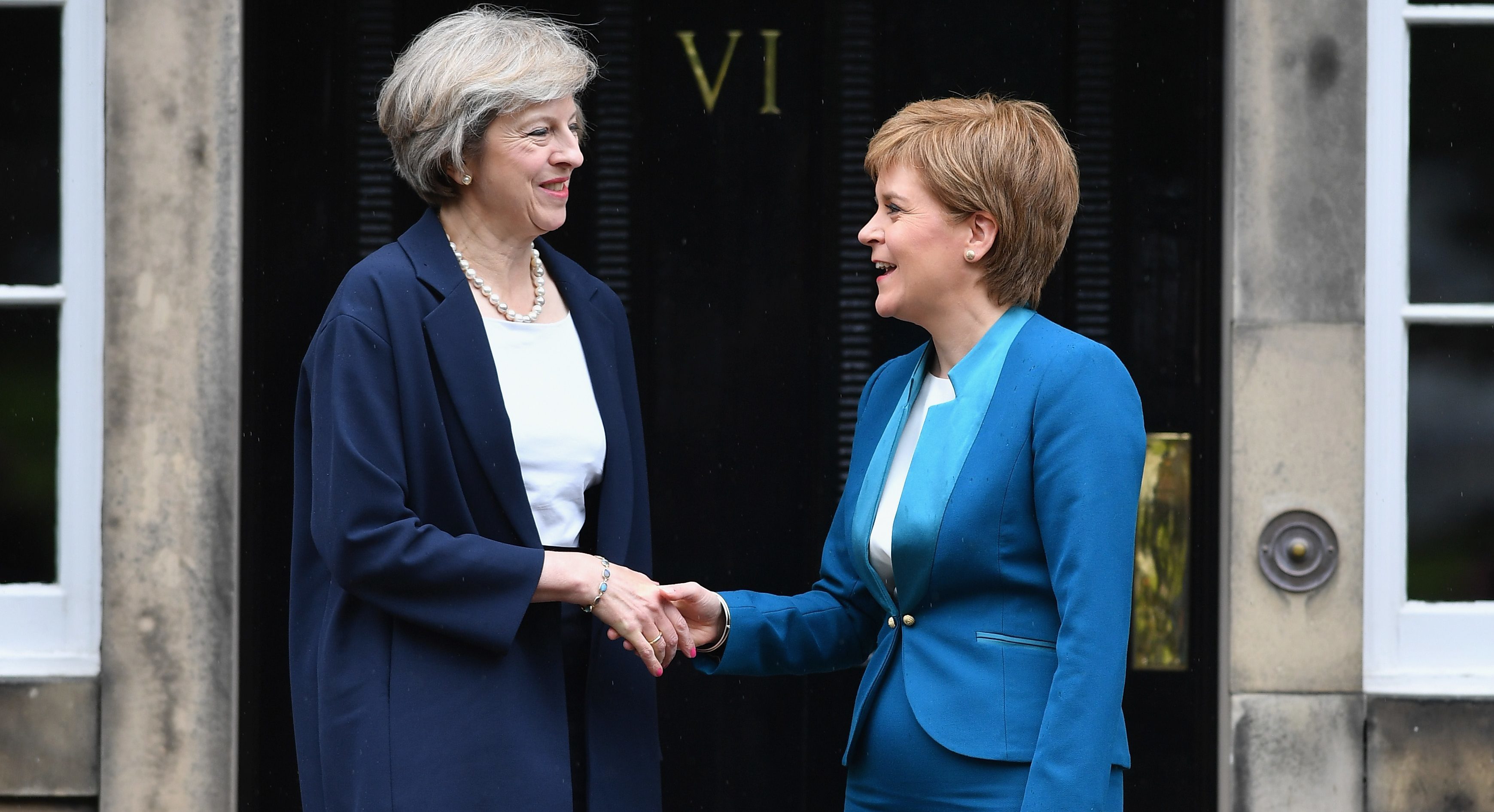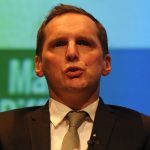A high stakes gamble with public opinion – what an extraordinary few days in Scottish politics.
The phoney war over when the Scottish Government wants another shot at independence, and how the UK Government will react is over, and at least voters are now a little clearer about where each side stands.
But with the stakes so high, both sides are taking significant risks with the crucial factor – how voters will react?
There are two issues at stake, attitudes towards holding indyref2 and support for and against independence itself.
The UK Government thinks it holds the trump card on the first issue.
It is true that there is polling evidence to suggest there is no majority in favour of a second referendum in the short term and the Prime Minister will hope that this opinion will harden in the face of SNP demands.
However, when poll questions extend the period until after Brexit negotiations have finished, the picture changes, with country broadly split down the middle – independence supporters broadly favour a referendum in this time frame and the vast majority of No voters oppose.
As we know from recent polling, Scots are also divided on the independence issue itself, with support for the union holding a narrow advantage overall.
The First Minister will hope the UK Government’s “now is not the right time” response will boost support for independence, particularly after – as looks likely – the Scottish Parliament votes next week in favour of calling a second vote.
In reality, with the majority of voters having fairly fixed opinions on the issue, the scope for movement in attitudes at this stage appears to lie with the 1 in 7 or so of voters who see themselves as not having a firm foot in either camp (the 15% who told us that they are between 4 and 7 on a scale of 1-10 in being for or against independence).
This group of “undecideds” may grow as and when the campaign begins, but for the time being other voters look unlikely to change their minds.
Having said that, even this group is large enough to make significant changes to public opinion, crucial in giving either side an advantage before any agreement is reached over the timing of another vote.
The politicians have laid out their arguments – all eyes will now be on how voters react.
Mark Diffley is research director at Ipsos Mori Scotland

